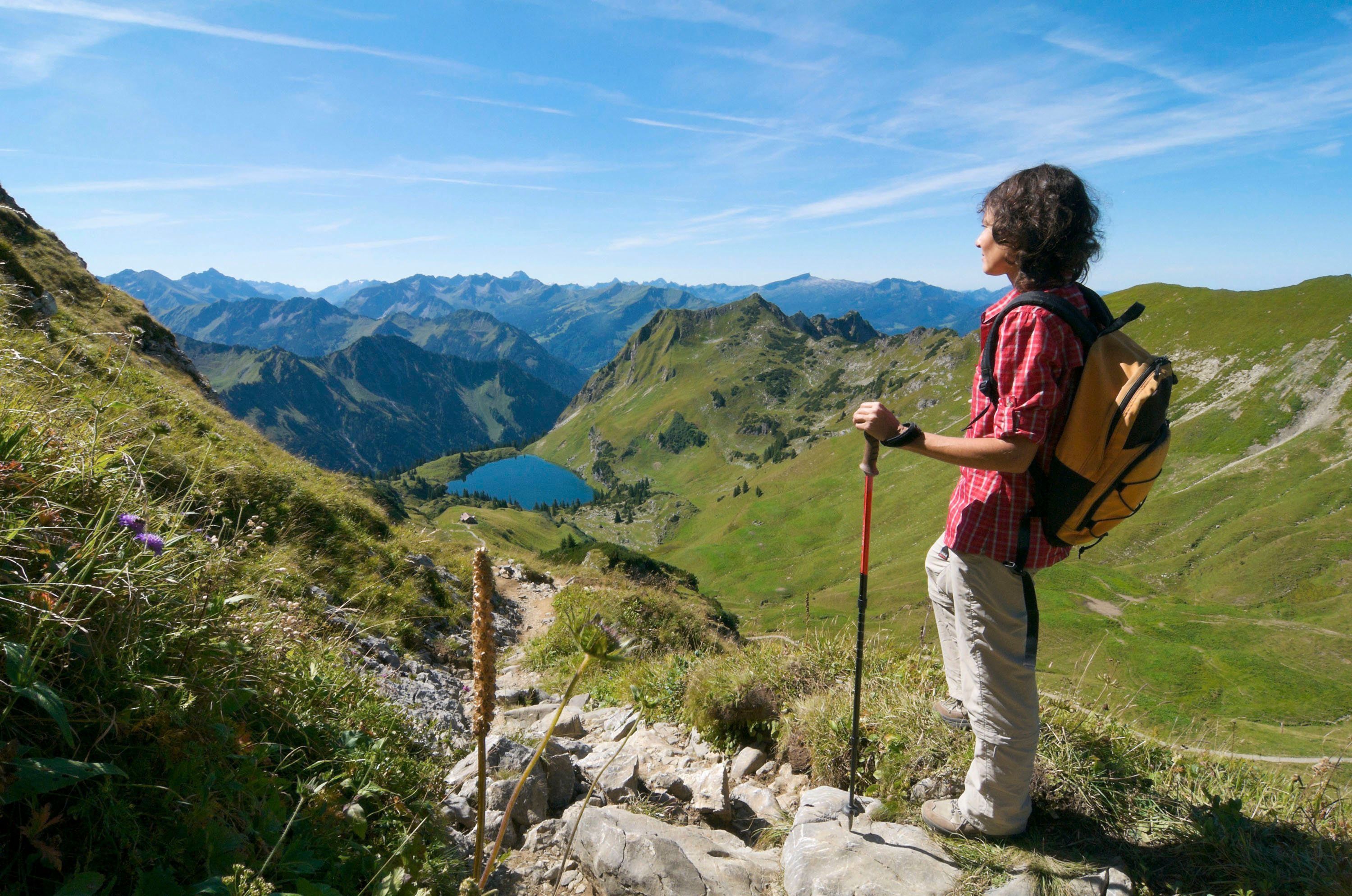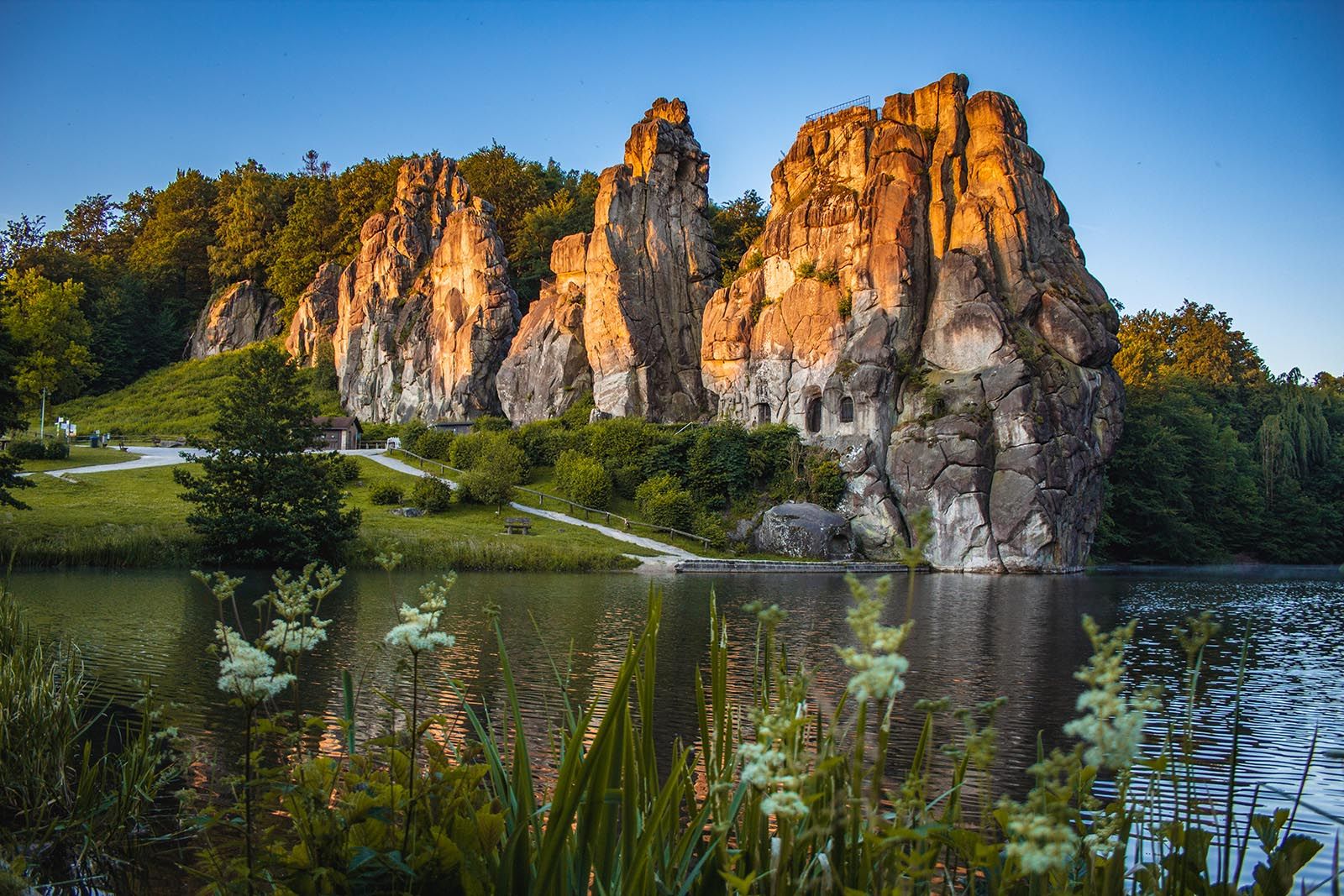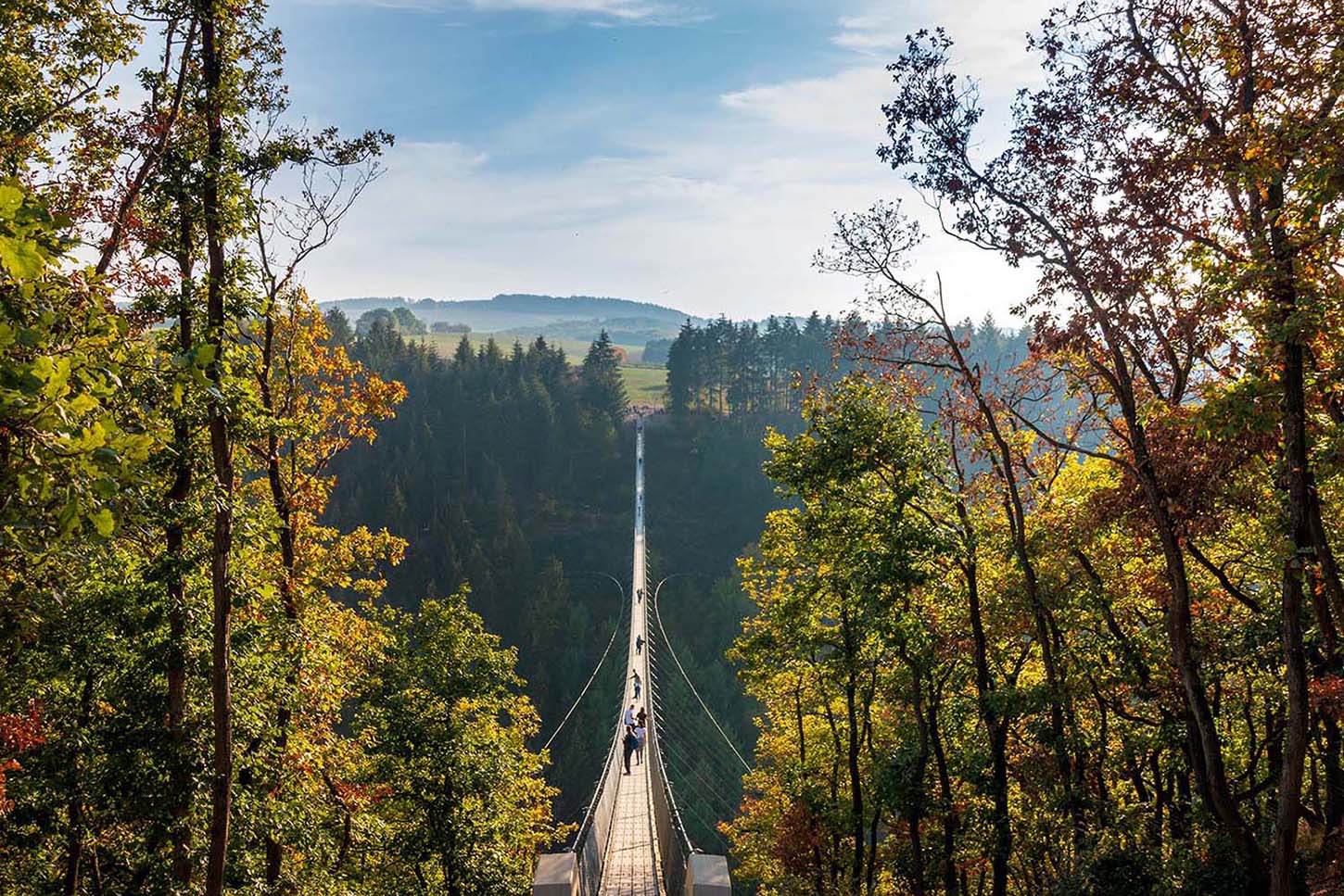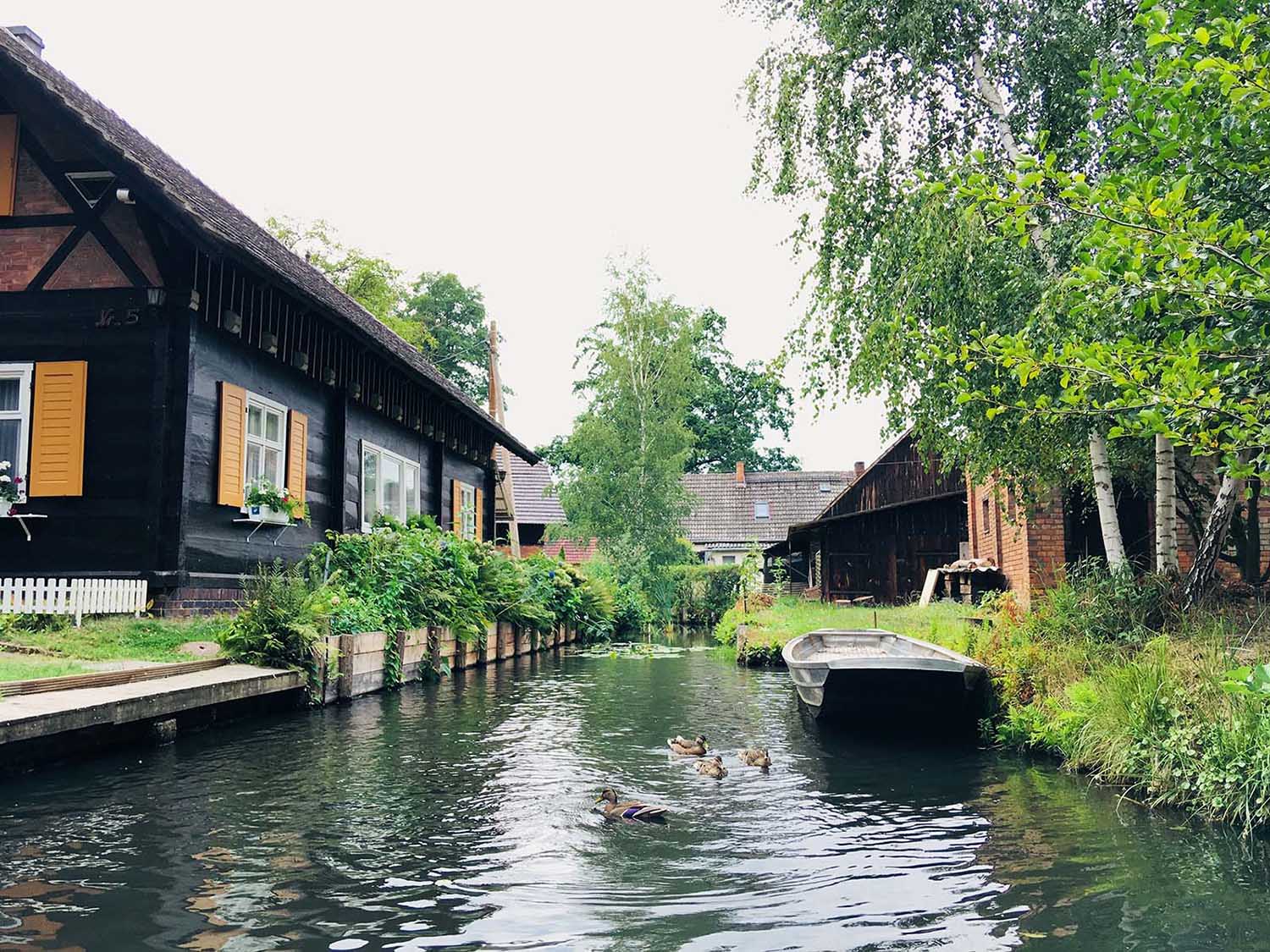11. The Elbe Cycle Route
The Elbe Cycle Route is one of Germany’s most accessible long-distance rides. It follows the Elbe River for over 1,200km – from the Czech border through Dresden, Wittenberg, Magdeburg, and Hamburg, all the way to the North Sea. But you don’t need to cycle the whole thing. Pick a section and you’ll still get riverside villages, castle ruins, open farmland, and historic cities – without any serious climbs.
The stretch between Bad Schandau and Dresden is especially scenic, running through Saxon Switzerland’s sandstone cliffs and baroque-era cityscapes. Further north, the route flattens out and opens into wide river meadows – perfect if you’re after steady mileage and fewer hills.
There are plenty of bike-friendly guesthouses, ferry crossings, and cafés along the way, plus the option to hop on a regional train if you want a break. For self-guided cycle trips, this is one of the best outdoor activities in Germany – low effort, high reward, and totally flexible.
How to get to the Elbe Cycle Route
Dresden is a good entry point for the central section, with rail access and plenty of rental shops. Other major access points include Hamburg, Wittenberg, and Magdeburg. Many towns along the route are linked by regional train lines.
When to ride the Elbe Cycle Route
May to September is best for cycling – trails are dry, ferries are frequent, and most guesthouses stay open late into the season. Avoid July and August if you want to skip peak heat and holiday traffic.





















